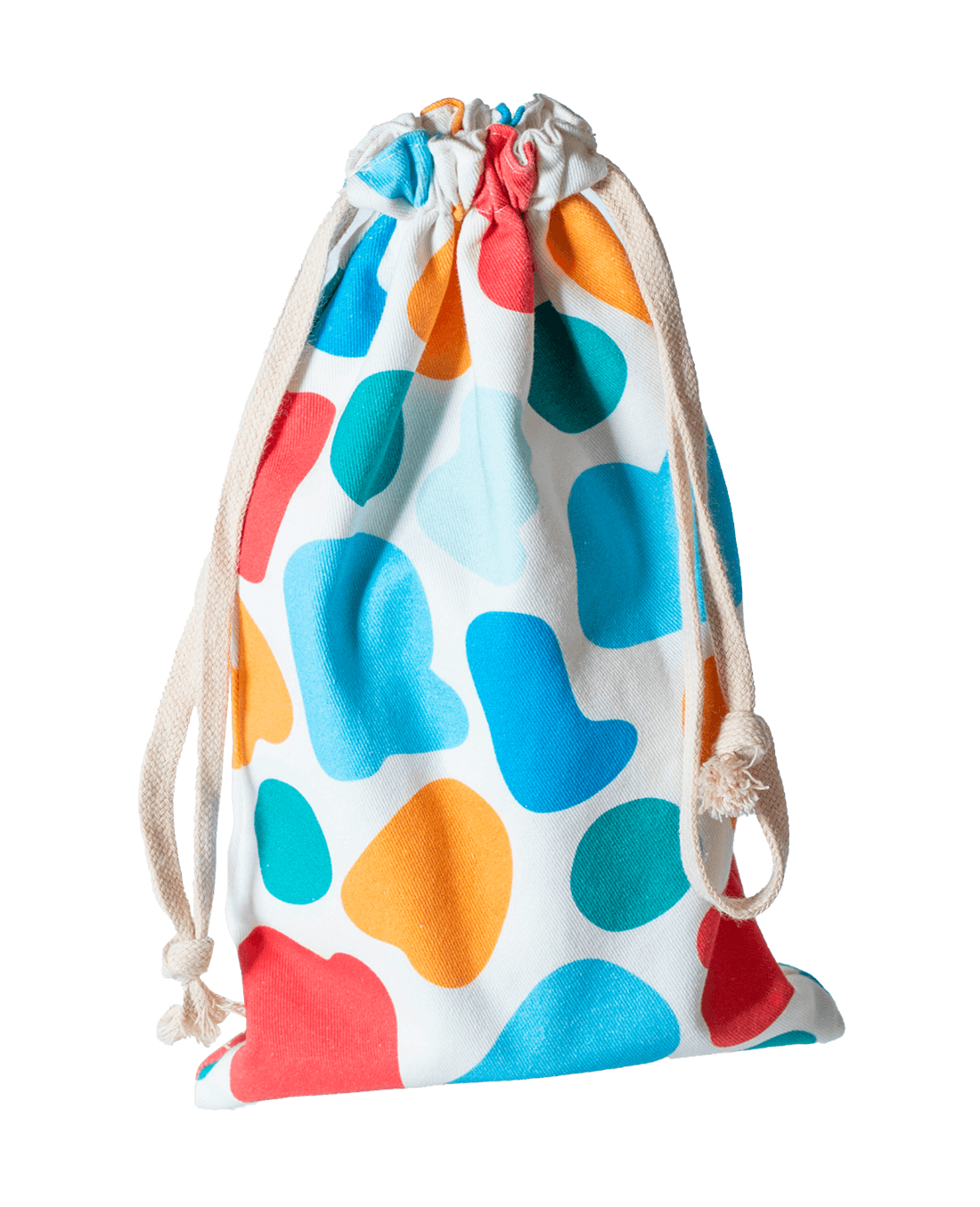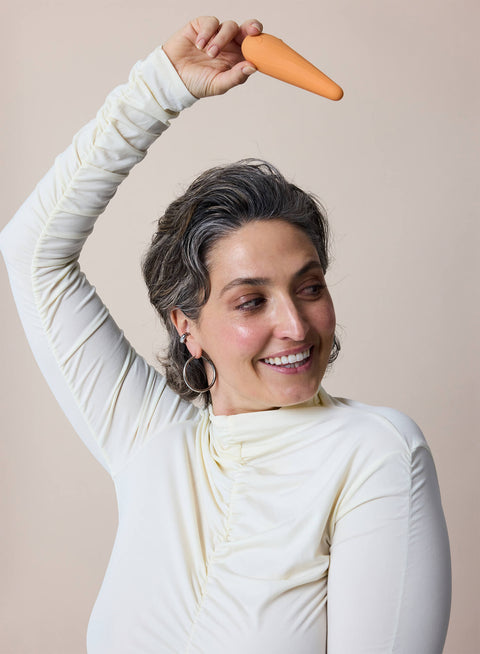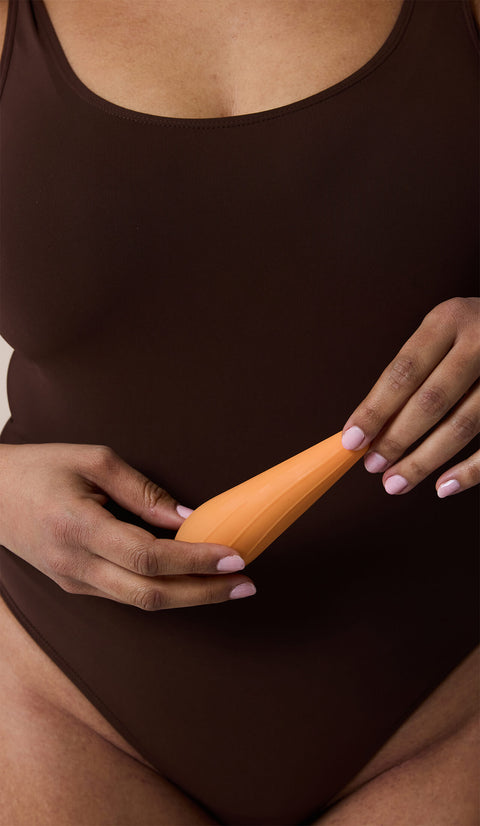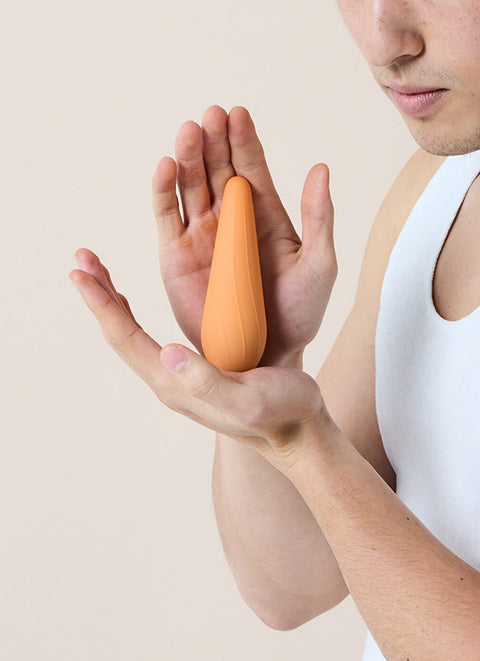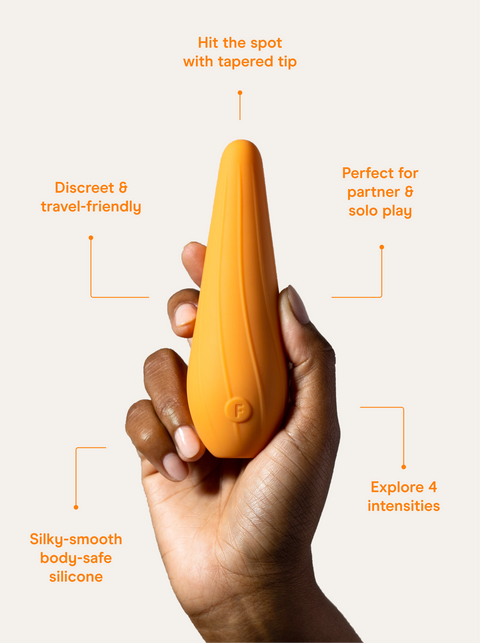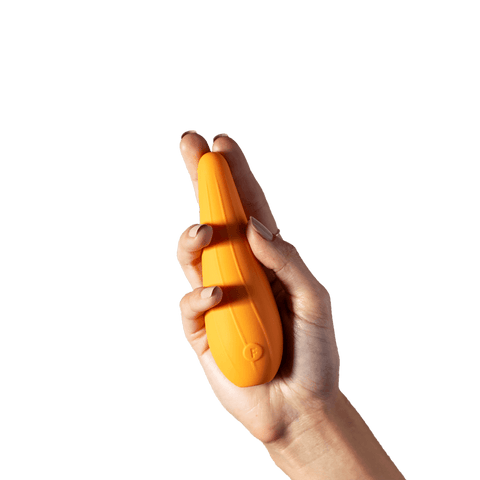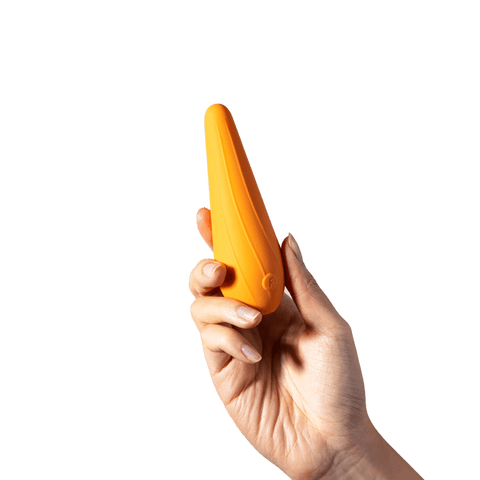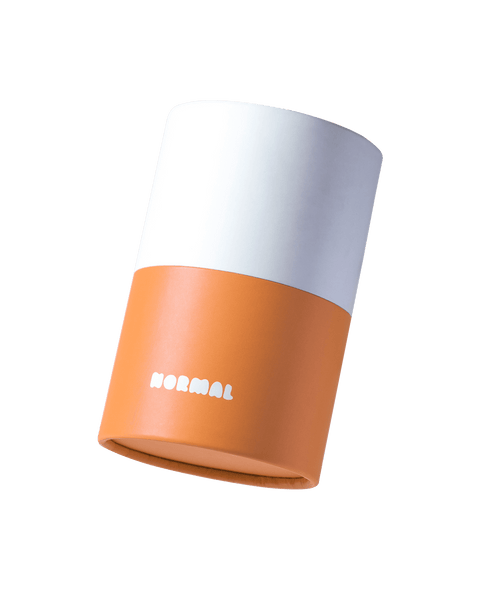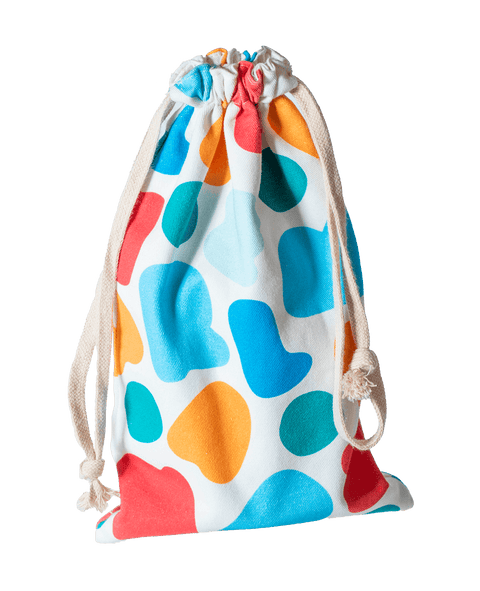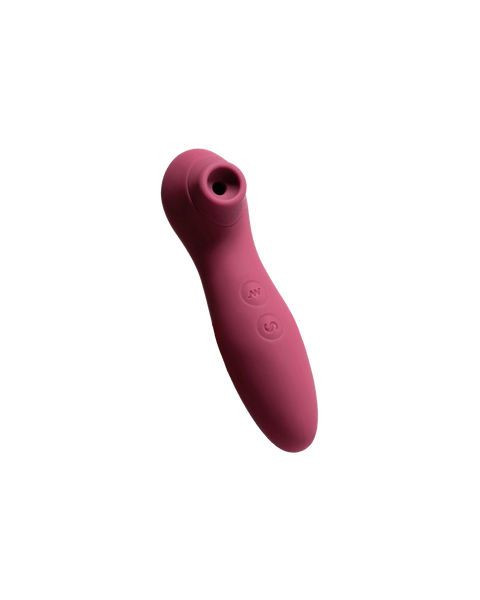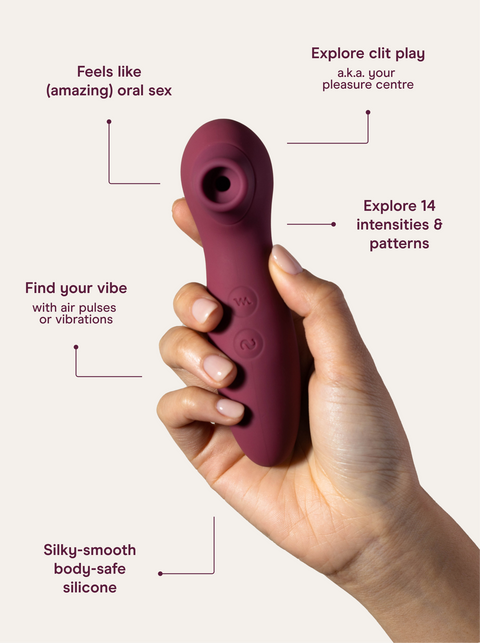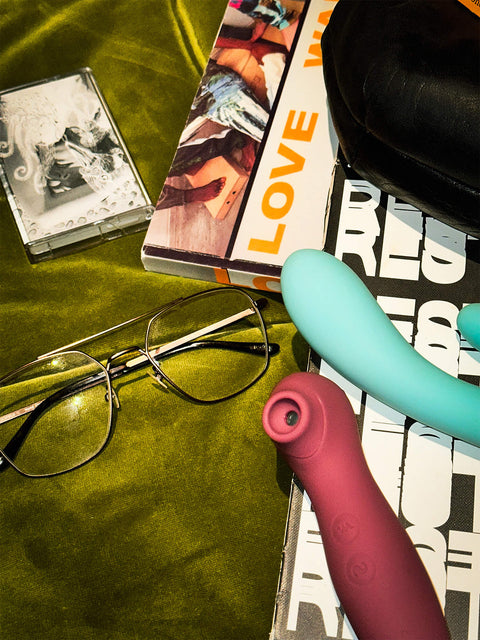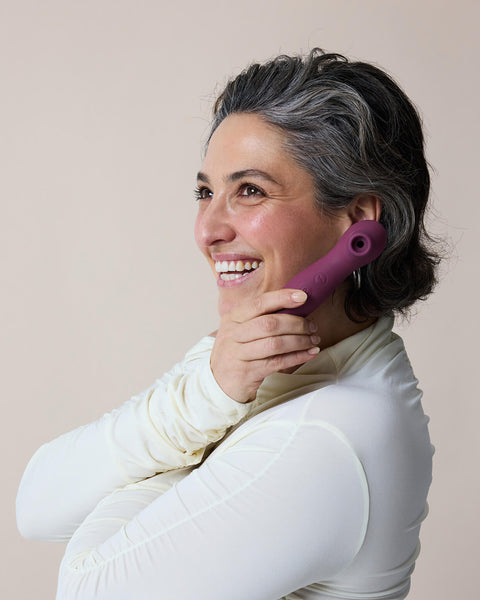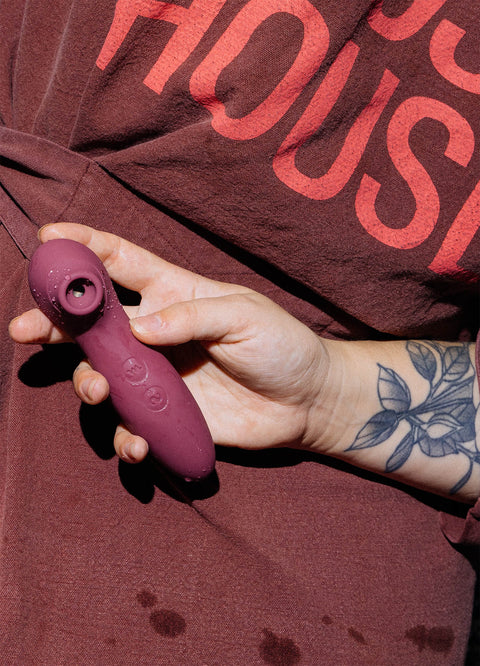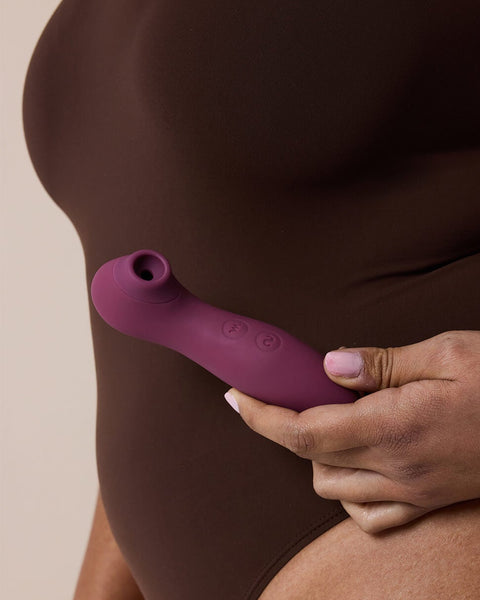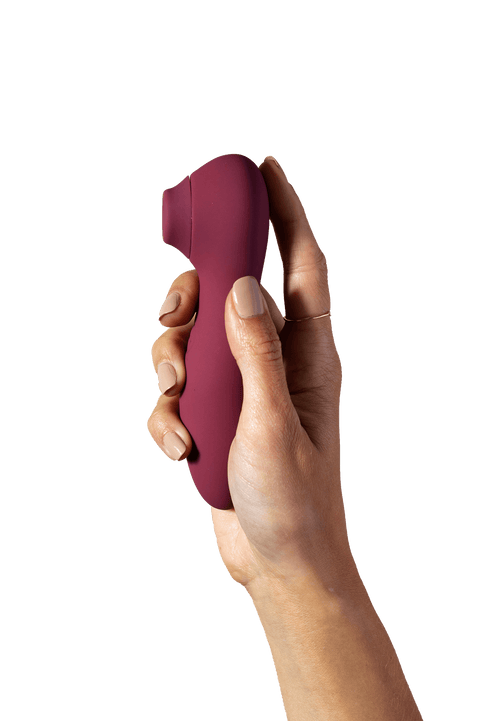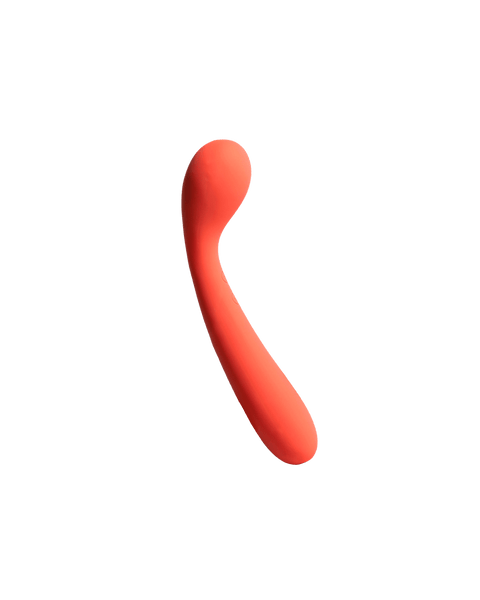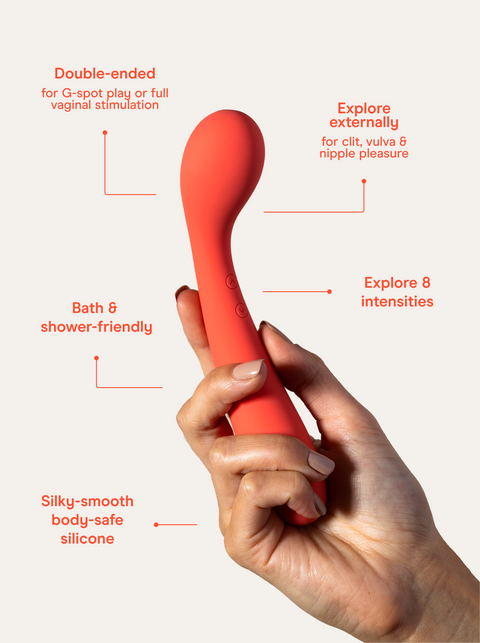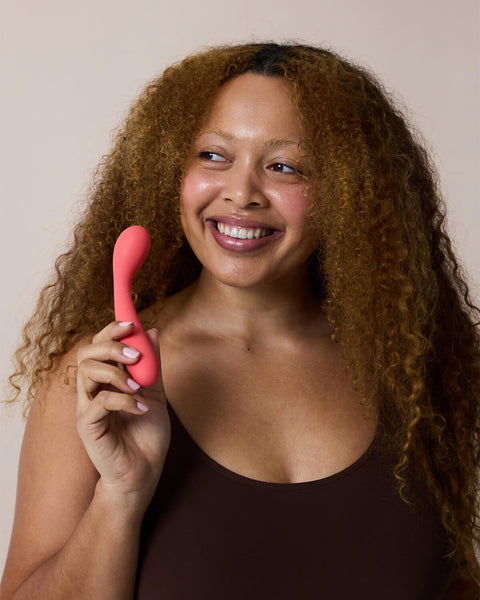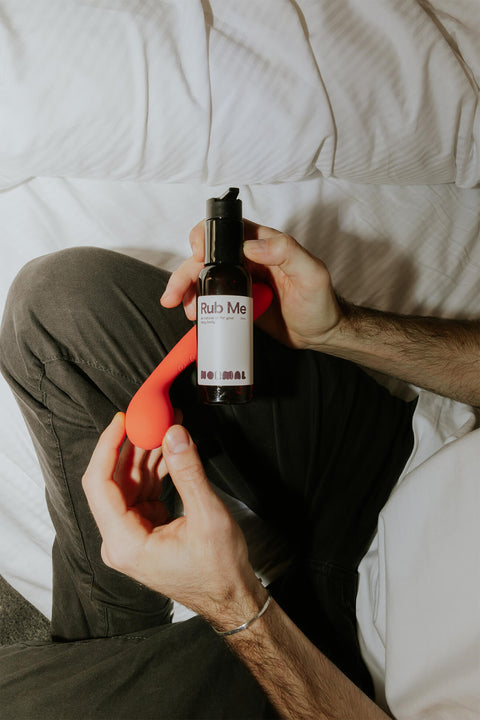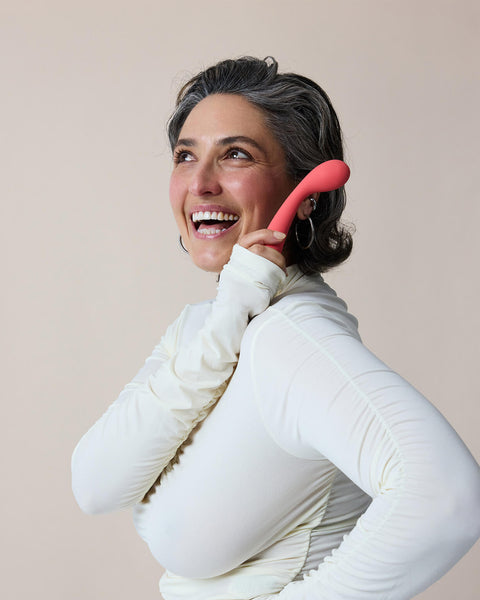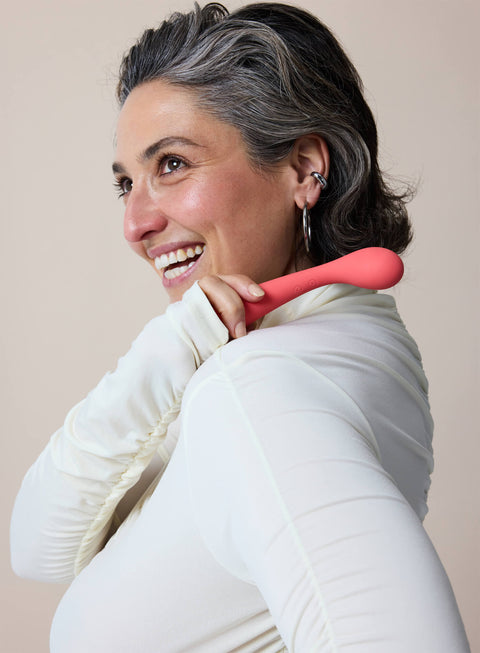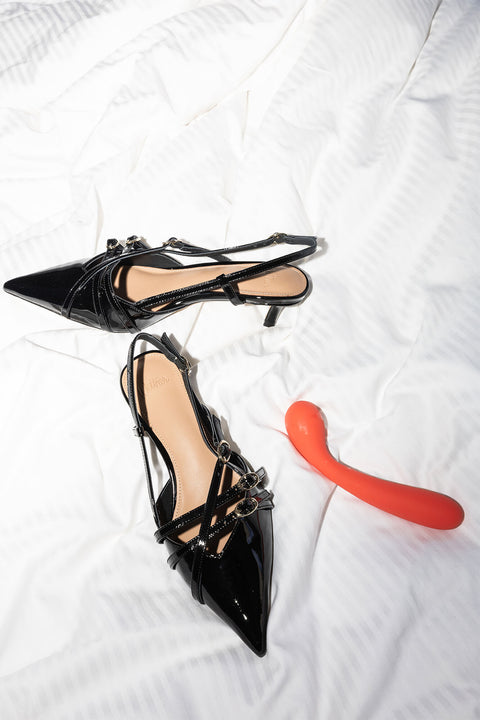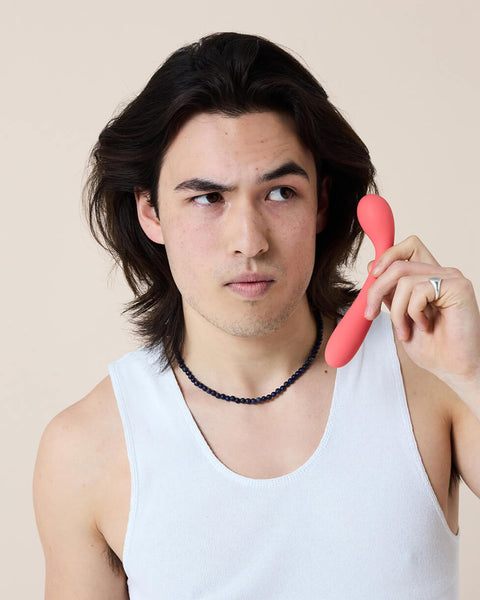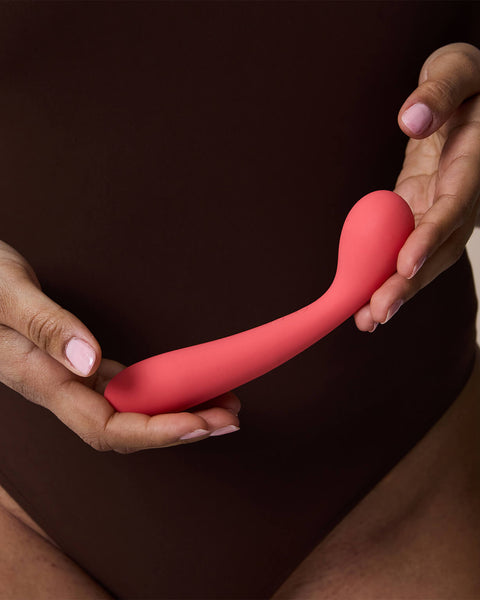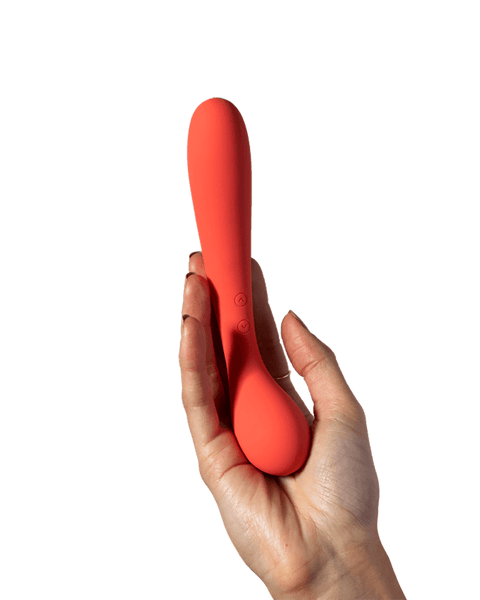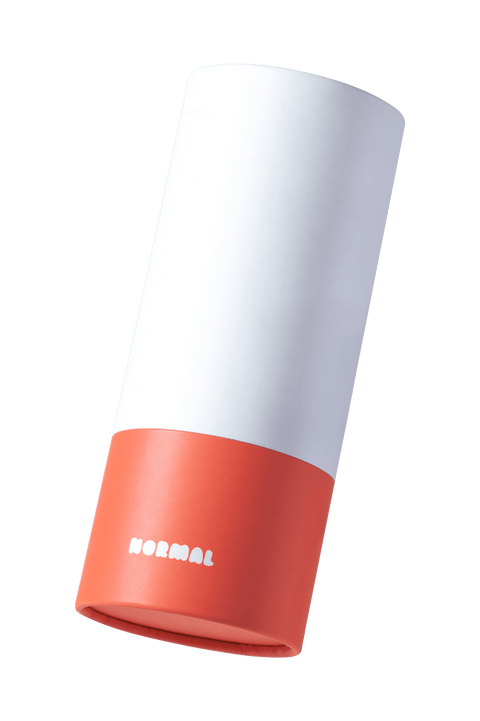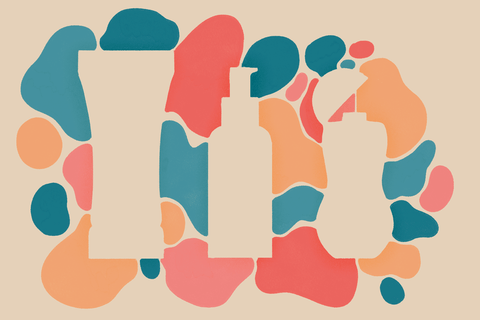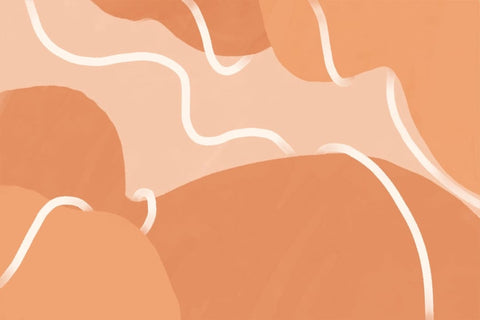For everything that we hear about the g-spot, we’d be forgiven for imagining that it’s an instant pleasure button that provides a shortcut to amazing sex.
Blogs, films, and magazines frequently encourage us to ‘find our g-spot’ and promise that it will make a world of difference to our sex lives when we do, but they often don’t consider what comes next—like, how do we find it?
What do we do once we’ve found it? What happens if our g-spot doesn’t turn out to be the instant pleasure button that we thought it would be? (And what about those rumours that the g-spot doesn’t even exist?)
Today we’re going to talk about just that: how to find your g-spot, and what to expect once you’ve found it.
The history behind the g-spot
In the 1940s, a German scientist named Ernst Gräfenberg wrote about a dime-sized erogenous zone located inside the vagina.
This zone, made of spongy tissue, was later named the ‘g-spot’ after Gräfenberg.
Research in the 1980s suggested that when the g-spot was stimulated, it could induce powerful orgasms and ‘a release of a milky opalescent fluid from the urethra’—in other words, squirting.
The idea of the g-spot revolutionised sex in the 1980s. Finding one’s g-spot, or the g-spot of one’s partner, became an obsession.
After all, who wouldn’t want to discover a magical button inside their body that would make them come really hard when they pressed it?
But the idea of the g-spot as we imagined it—that pleasure button just waiting to be discovered—is flawed.
Later research cast doubt over the g-spot’s existence: some researchers said it did not exist2, some said that some women had g-spots and others didn’t3, while others have suggested that when we feel our g-spot is being stimulated, we’re actually experiencing stimulation of the clitoris and a female prostate gland.
So what’s the truth? Is the g-spot real?
The g-spot isn't a spot
“Well, the g-spot isn’t actually a spot,” says sex coach Georgia Grace.
“It’s actually a tube of erectile tissue—a sensitive, spongy tissue that wraps around the urethra. It’s kind of similar to penises in that this erectile tissue engorges and becomes erect during arousal. Sex educator Sheri Winston calls it ‘the groove tube’, which is a pretty good description.”
This tissue can be accessed and stimulated through the vagina, on the interior front wall.
But the g-spot isn’t so much a single spot as it is a complex, interconnected part of our anatomy.
“Research has found that the g-spot is actually part of the clitoral network, which means you can internally, and indirectly, stimulate the clitoris when you stimulate the g-spot.
“So ultimately, the g-spot is a zone—like any other erogenous zone.”
How to stimulate your g-spot
Reframing the idea of the g-spot as an entire zone, rather than a specific piece of anatomy, can help us reframe our thinking about it too.
If the g-spot is like any other erogenous zone, then we need to stimulate it like any other erogenous zone.
We wouldn’t expect to tweak a nipple or squeeze a butt and provoke an immediate sexual response, so we can’t really expect that we’ll have immediate, intense orgasms just by pressing our g-spot once or twice.
“There are quite a few ways we can stimulate the g-spot,” Georgia says. “But I often tell my coaching clients to allow themselves to take between 20 and 40 minutes to become fully, physiologically aroused. So take your time here!”
To help get yourself aroused before stimulating your g-spot, Georgia suggests:
- Indulging in a full-body massage, either solo or with a partner
- Massaging specific parts of the body, like the breasts and chest
- Moving sensually to music
- Practising breathwork
- External stimulation of the genitals
- Using sex toys around your body, focusing on your erogenous zones
- Doing a meditation that brings awareness to your genitals
- Trying the ‘Awakening Hands’ exercise
Of course, you can get aroused any way you like, and you don’t have to only focus on foreplay and outercourse as a way to prepare to stimulate the g-spot. Do what feels right and comfortable for you.
“When you’re feeling aroused and you want internal stimulation, insert your finger into the vagina with your fingertips facing the front wall of your body,” says Georgia.
“You only need to insert your fingers to about the second knuckle—although this can be different for everyone, depending on your fingers—and hook them up with a ‘come hither’ motion.”
Alternately, you can think of it as the same hand position Spiderman uses to shoot his web.
“If you’re not aroused, the g-spot (or g-zone) might feel slightly rough and ridged, kind of like the roof of your mouth. It could even be uncomfortable to touch, and that’s fine—listen to your body here, and go with what feels good. If you are aroused it can feel more supple, soft, and feel almost like the inside of your cheek.”
Once you’ve located the g-spot you can experiment with different movements, sensations, and levels of pressure to get an idea of what feels good.
You can try tapping, rubbing, stroking, or pressing the g-spot—or a combination of all these movements!
We suggest starting out very slowly and gently, and then gradually adding faster movements, more pressure, and deeper touches to get an idea of what kind of stimulation you like.
And as far as what you can expect to feel, it’s different for everyone. Some people find that stimulating their g-spot makes them feel like they need to wee, but then that sensation disappears after a few seconds and is replaced by a more pleasurable, warm feeling.
Some people experience full-body sensations of pleasure; while others find it kind of uncomfortable to have their g-spot stimulated and might try to avoid it.
The bottom line is that the g-spot is an intensely personal and unique experience for everyone.
Not everyone will be able to find theirs immediately, not everyone will enjoy having theirs stimulated in the same way, and certainly not everyone will have the instant orgasms that magazine articles of the 1980s might have promised.
Georgia cautions against taking a ‘one size fits all’ approach to sex, stimulation, and pleasure, noting that it can be a, “very linear and, frankly, boring approach to understanding sex.”
“Sex and pleasure can be whatever you want it to be, as long as everyone is consenting and enjoying themselves.”
To learn more about the foundations of great sex from acclaimed sex coach Georgia Grace, check out NORMAL's online video masterclass The Modern Guide to Sex.
References
- Zaviačič, Milan, Zaviačičová, Alexandra, Holomán, Igor Karol, and Molčan, Ján 1987, ‘Female urethral explusions evoked by local digital stimulation of the G‐spot: Differences in the response patterns’, The Journal of Sex Research, vol. 24, no. 1, pp. 311–318, viewed 30 July 2021, <https://www.tandfonline.com/doi/abs/10.1080/00224498809551430>.
- Kilchevsky, Amichai, Vardi, Yoram, Lowenstein, Lior, and Gruenwald, Ilan 2012, ‘Is the female g-spot truly a distinct anatomic entity?’, The Journal of Sexual Medicine, vol. 9, no. 3, pp. 719–726, viewed 30 July 2021, <https://onlinelibrary.wiley.com/doi/abs/10.1111/j.1743-6109.2011.02623.x>.
- Jannini, Emmanuele A., Whipple, Beverly, Kingsberg, Sheryl A., Buisson, Odile, Foldès, Pierre, and Vardi, Yoram 2010, ‘Who’s afraid of the g-spot?’, The Journal of Sexual Medicine, vol. 7, no. 1, pp. 25–34, viewed 30 July 2021, <https://onlinelibrary.wiley.com/doi/full/10.1111/j.1743-6109.2009.01613.x>.
